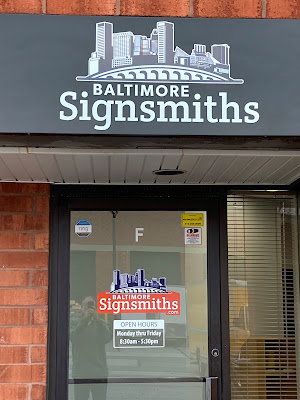Understanding Post and Panel Signs: A Comprehensive Guide for Businesses
In today's competitive market, businesses must effectively communicate their brand message and attract customers. One powerful way to achieve this is through signage. Among the various types of signs available, post and panel signs stand out for their versatility, visibility, and effectiveness. This comprehensive guide will explore what post and panel signs are, their benefits, applications, design considerations, and installation tips.
What Are Post and Panel Signs?
Post and panel signs consist of two main components: a panel (the sign itself) and posts (the supports). The panel can be made from various materials, including wood, metal, plastic, or composite materials, and is typically mounted on one or two vertical posts. This type of signage is commonly used for directional purposes, business identification, promotional messages, and informational displays.
Benefits of Post and Panel Signs
Versatility: Post and panel signs can be used in various settings, including retail stores, office complexes, parks, and residential communities. They can be customized for different sizes, shapes, and materials to meet specific business needs.
Visibility: Elevated off the ground, post and panel signs are easily visible to pedestrians and drivers. They can be positioned to maximize sightlines and attract attention, making them an excellent choice for attracting potential customers.
Cost-Effective: Compared to other signage options, post and panel signs are often more affordable, both in terms of initial investment and maintenance. Their durable materials can withstand weather elements, reducing replacement costs.
Informational Value: These signs can convey essential information such as directions, hours of operation, and promotional messages. They can help guide customers to your location and provide valuable details about your business.
Branding Opportunities: Post and panel signs can be designed to reflect your brand's identity, including colors, logos, and fonts. This customization helps reinforce your brand presence and create a cohesive visual identity.
Common Applications of Post and Panel Signs
- Business Identification: Many businesses use post and panel signs to display their name and logo, making it easy for customers to identify their location.
- Directional Signs: These signs are often used to guide customers to specific areas, such as entrances, parking lots, and restrooms.
- Informational Displays: Post and panel signs can provide information about services, events, and promotions, helping to engage customers and enhance their experience.
- Community Signage: Residential communities and parks often use post and panel signs to convey rules, regulations, and event information.
Design Considerations for Post and Panel Signs
When designing post and panel signs, consider the following factors:
Size and Scale: Choose a size that is appropriate for the viewing distance and location. Larger signs may be necessary for high-traffic areas, while smaller signs can be used in quieter spaces.
Material Selection: Select materials that are durable and suitable for the environment. For outdoor signs, weather-resistant materials like aluminum or high-density polyethylene are ideal. For indoor signs, wood or acrylic can add a touch of elegance.
Visibility and Readability: Use clear fonts, contrasting colors, and appropriate spacing to ensure the sign is easy to read from a distance. Aim for a simple message that can be understood quickly.
Branding Elements: Incorporate your logo, colors, and fonts to create a cohesive brand image. Consistency in design will help strengthen brand recognition.
Lighting Options: Consider adding lighting to enhance visibility during nighttime or low-light conditions. Illuminated signs can significantly increase visibility and attract attention after dark.
Installation Tips for Post and Panel Signs
Choose the Right Location: Select a location with high visibility and easy access for viewers. Consider the direction of traffic and sightlines when positioning the sign.
Check Local Regulations: Before installation, check local zoning laws and regulations regarding signage. Ensure compliance to avoid fines or required removals.
Use Quality Posts: Select sturdy posts that can withstand wind and weather conditions. Properly anchoring the posts is crucial for stability.
Professional Installation: If unsure about the installation process, consider hiring professionals. Proper installation ensures safety and maximizes the sign's lifespan.
Maintenance: Regularly inspect your signs for damage or wear. Clean the panels and posts as needed to maintain visibility and professionalism.
Conclusion
Post and panel signs offer businesses a versatile, cost-effective solution for enhancing visibility and communication. By understanding their benefits, applications, and design considerations, businesses can create impactful signage that effectively engages customers and reinforces their brand identity. Whether for directional purposes, business identification, or informational displays, post and panel signs can play a crucial role in a business's overall marketing strategy.
Investing in quality post and panel signage is a step towards greater brand recognition and customer engagement. So, consider incorporating these dynamic signs into your business strategy and watch as they help you stand out in a crowded marketplace.


Comments
Post a Comment